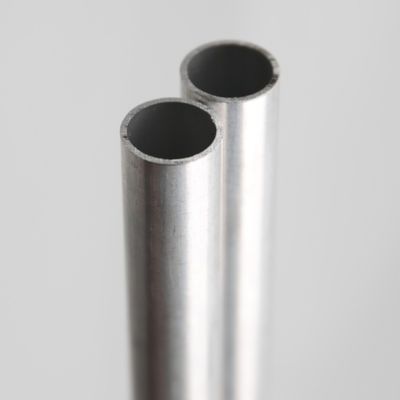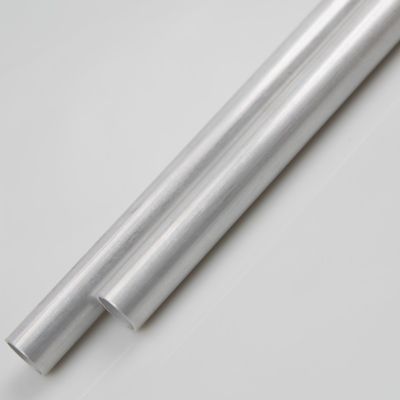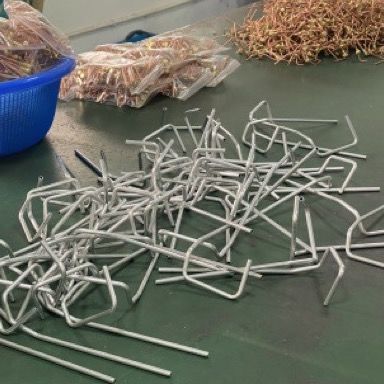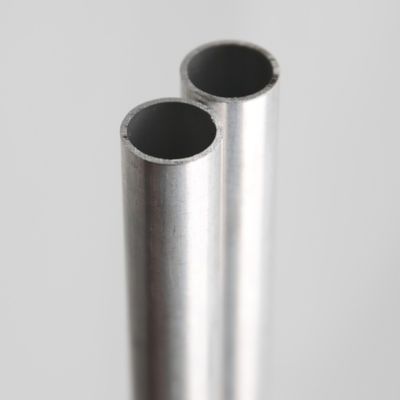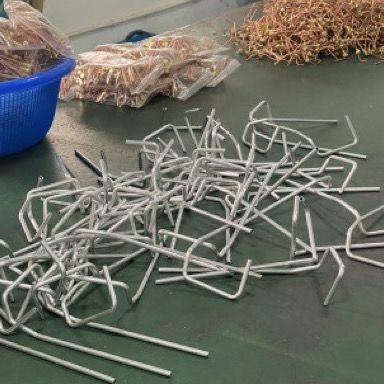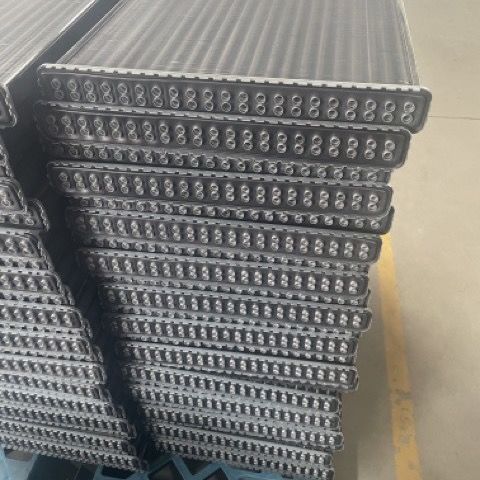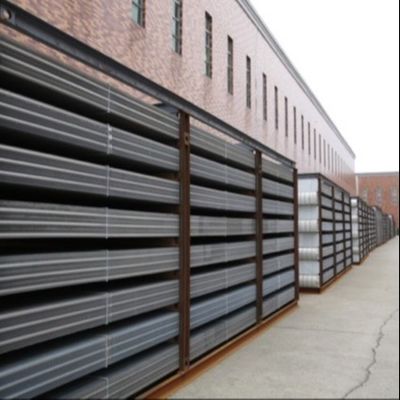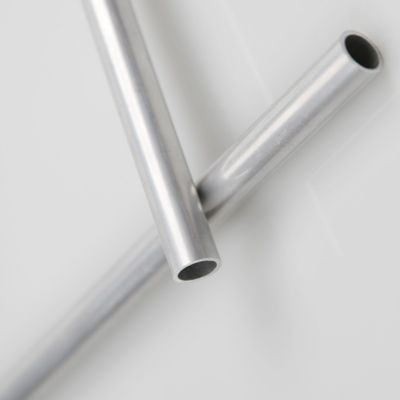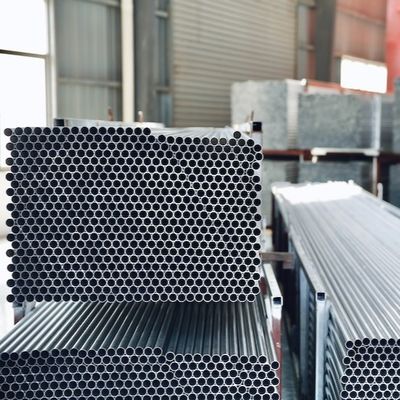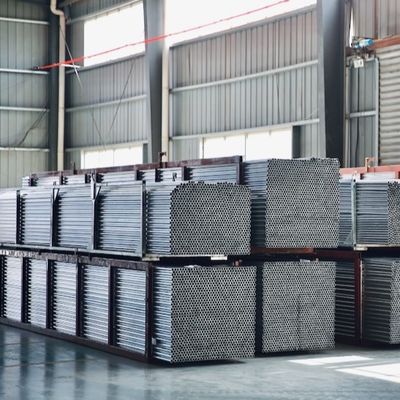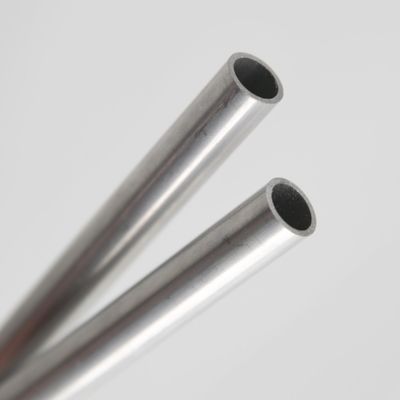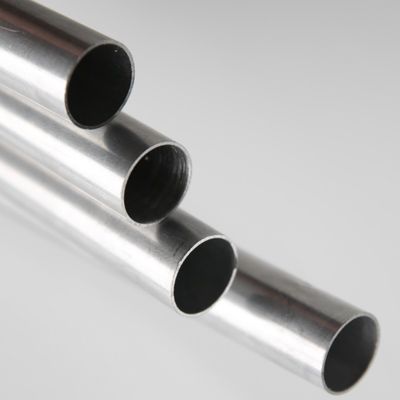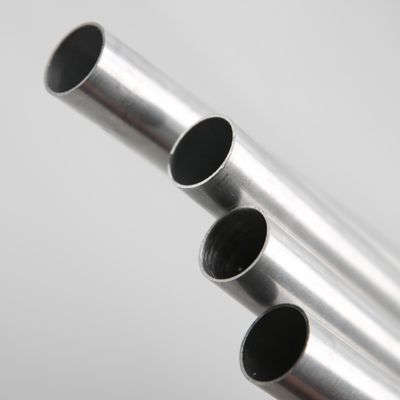Tight Tolerance Cold Drawn Aluminium Tube For Radiator Extrusion H14 3103
| Place of Origin | Changzhou China |
|---|---|
| Brand Name | Yun Neng |
| Certification | ISO9001 ISO14001 ISO45001 |
| Model Number | 3103 |
| Minimum Order Quantity | 3 metric tons |
| Price | negotiation |
| Packaging Details | Standard export packaging |
| Delivery Time | 30 working days after received your down payment |
| Payment Terms | T/T |
| Supply Ability | 50,000 mt per year |
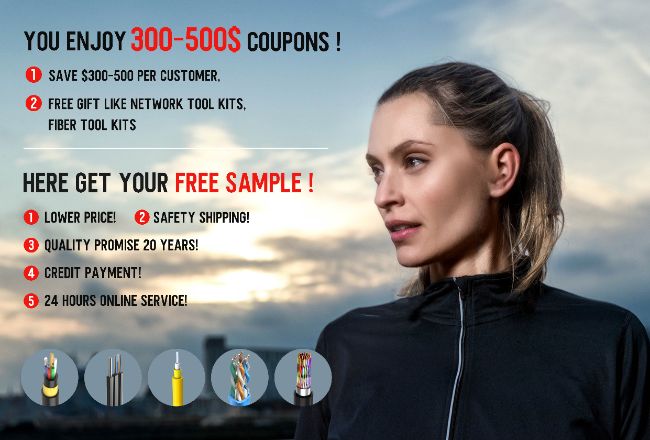
Contact me for free samples and coupons.
Whatsapp:0086 18588475571
Wechat: 0086 18588475571
Skype: sales10@aixton.com
If you have any concern, we provide 24-hour online help.
x| Features | Anti-corrosion | Product Name | Cold Drawn Aluminium Tube |
|---|---|---|---|
| Model Number | 3103 | State | H14 |
| Shape | Round | Outside Diameter/mm | 9.7 |
| Thickness/mm | 1.3 | ||
| High Light | Tight Tolerance Cold Drawn Aluminium Tube,Cold Drawn Aluminium Tube H14 3103,9.7mm extruded tube radiator |
||
Cold Drawn Aluminum Alloy Tubing with Tight Tolerance for Radiator Extrusion H14 3103
Product Description:
What is aluminum extruded?
Extrusion is the process of forcing a substance, such as aluminum or another material, through a die to produce a cross-sectional bar.Despite having several steps, the procedure is actually quite simple.In order to get the final exterior dimension of the extruded bar, a manufacturer or designer must first create a die.
What is cold finished aluminum?
While an extrusion is typically done at a high temperature because aluminum can be generated more easily at that temperature, a cold finish is done at room temperature.Very narrow tolerances for the outside diameter are produced via cold finishing.The most common kind of cold finishing is drawing.
A die is also used in drawing to reduce material diameter when creating aluminum bars. The draw die is filled with a bar end with a smaller diameter, which is then drawn through with grippers.While it is possible to draw at high temperatures, this is not the norm.
The outcome of the cold finishing is determined by the flow and stretch of the aluminum. During the material reduction process, the material experiences work hardening, altering its mechanical and physical properties. This improves the surface smoothness of the bar stock as well.
Features:
What are the differences between extruded and cold finished aluminum?
Standard aluminum extrusions have the main benefit of making working with metal at higher temperatures more simpler.Extruded bar is often less expensive than cold finished product since this translates to faster production rates. Shorter lead times to market are another benefit of faster production.
The reduction process involved in cold finished production produces tighter dimensional tolerances, a benefit when using the close-fitting collets in today’s high-speed precision CNC machining centers. It also elevates the mechanical and physical properties of the material; this increases the machinability and produces smaller chips during machining that break away from the cutting tool’s work area faster.
There is a long list of benefits for aluminum bar that are shared by both products.
Techical Parameters:
Radiator Aluminum Alloy Tubing
|
Model Number |
State | Coil | |
|
Outside Diameter /mm |
Wall Thickness/mm | ||
| 3003,3103 | M(O) | 4-22 | 0.2-2 |
| H12 | |||
| H14 | |||
(Technical requirements refer to national standards or customer technical quality requirements for production)
Applications:
While extruded aluminum is extremely common in a wide range of applications, it is not suitable for everything. Any requirement for elevated properties may turn toward cold finished product as raw material. Aerospace and defense products requiring high strength often specify cold finished bar, as well as a host of automotive applications.




